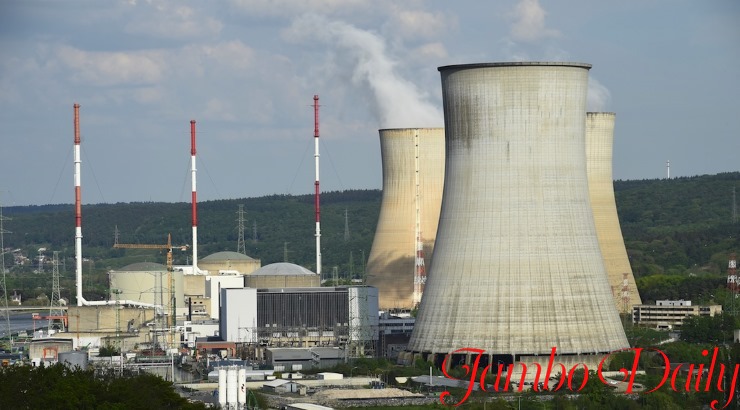
Nuclear Power: Uganda’s First Nuclear Energy Project Approved
Uganda’s plan to build its first nuclear power plant has been accepted by the International Atomic Energy Agency (IAEA), as the country strives to increase its energy generation capacity by nearly 14 times to 17,000MW in the medium term.
President Yoweri Museveni was informed of the decision on Monday by the IAEA director for Africa Aline des Cloizeaux, who said the agency was ready to assist Uganda in putting the project into action.
“We’ve determined that Uganda is ready to receive the plant.” “We are prepared to provide any training support necessary to make the idea a reality,” des Cloizeaux stated.
The license comes after an eight-day IAEA visit to Uganda in December to assess the country’s nuclear infrastructure development.
Read Kenya and Japan Collaborate to Combat Climate Change.
Only Nuclear Power, No Nuclear Weapons
President Museveni stated that Uganda is working to generate nuclear power to supplement hydropower, which is now the country’s primary source of energy.
President Museveni declared after receiving the report, “We want that power for electricity, for agriculture, and not for nuclear weapons.”
The International Atomic Energy Agency (IAEA), whose aim is to help member countries build safe and secure nuclear power plants, has ordered Uganda to build its nuclear power plant in stages.
Uganda is expected to complete phase one of the project by establishing clear commitments, liabilities, and resource requirements.
Phase two will entail the establishment of specialized nuclear institutions as well as preparations for the nuclear power plant’s construction.
The project’s third phase will involve supervising construction and preparing for the power plant’s commissioning and operations.
Uganda’s energy minister, Sidronius Opolot Okasai, stated that the government had already purchased the property for the 2,000MW project, although he did not specify where it will be built.
This puts Uganda ahead of Kenya, which is looking for a location to build a $5 billion nuclear power station that will generate 1,000 megawatts by 2027.
Despite warnings from experts, Kenya plans to build a nuclear power plant, despite the fact that the country would be better off developing more geothermal wells, solar parks, and wind farms.
Some countries have been hesitant to engage in nuclear energy due to long building timeframes (about ten years) and high decommissioning costs as reactors reach the end of their useful lives.
As part of its nuclear phase-out, Germany, the world’s eighth-largest nuclear power producer, expects to shut down its last operational reactor in 2022.
Belgium similarly intends to shut down all of its nuclear reactors by 2025.
Read Cooking Gas Prices to Soar as Kenyans Wail of Inflation.
Demand For Electricity
Nonetheless, some nations are turning to nuclear energy to fulfill expanding electricity demands, with Africa accounting for a third of the approximately 30 countries, according to the IAEA.
Egypt, Morocco, Ghana, Kenya, Uganda, Sudan, Niger, Zambia, Tunisia, and Nigeria are among these countries. Some of these countries have already begun working with the IAEA to assess their readiness to pursue nuclear power.
Five countries are responsible for 71.6 percent of global nuclear power generation.
The United States has 96 reactors that generate 789,919 GWh, China has 50 reactors that generate 344,748 GWh, France has 58 reactors that generate 338,671 GWh, Russia has 39 reactors that generate 201,821 GWh, and South Korea has 39 reactors that generate 201,821 GWh (24 reactors generating 152,583 GWh).
Nuclear energy generates more than half of the country’s carbon-free electricity in the United States.
France’s electrical mix includes up to 70% nuclear power.
China, too, is proposing to build 150 nuclear plants by 2035 at a budget of $440 billion, and the country now aims to expand its nuclear capacity.
